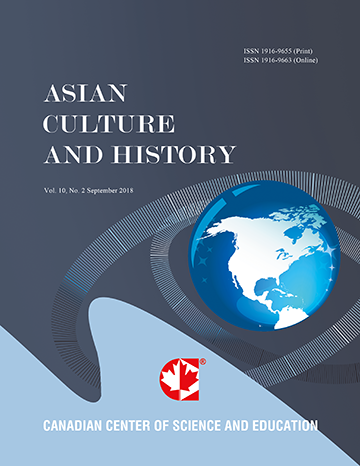Understanding the Role of Imami Shiites in Historiography from the Fifth through the Seventh Centuries AH
- Mohammad Yaghoubi
- Mohammad Chelongar
Abstract
During the fifth to the seventh centuries after Hegira, the Shiites did not have significant political power in the Islamic World and had a minority population. Yet despite these limitations, the Shiites left behind numerous works a large part of which is destroyed by religious prejudices or negligence leaving the Islamic Civilization bereft of these scientific treasures. By introducing the historiographical works of the Imami Shiites, this study attempts to clarify their station in historiography and to demonstrate that Shia has had valuable works in different historiographical fields in proportion with sociopolitical circumstances and thereby address the richness of Islamic culture and civilization and show that deprivations have had no influence on Shia’s creation of scientific works. Furthermore, Shiites’ attention to historiography in different fields including Rejaal (Note 1) and Taraajom (Note 2), Dala’el (Note 3), history and lives of the Innocent Ones (Ma’sumin) and historical-theological books and using Hadiths have been very important in compiling these works.- Full Text:
 PDF
PDF
- DOI:10.5539/ach.v5n1p84
Journal Metrics
Google-based Impact Factor (2017): 5.42
h-index (January 2018): 11
i10-index (January 2018): 21
h5-index (January 2018): 6
h5-median (January 2018): 9
Index
- Academic Journals Database
- CNKI Scholar
- COPAC
- EconPapers
- Elektronische Zeitschriftenbibliothek (EZB)
- Excellence in Research for Australia (ERA)
- Genamics JournalSeek
- Google Scholar
- Infotrieve
- LOCKSS
- MIAR
- NewJour
- Open J-Gate
- PKP Open Archives Harvester
- Publons
- RePEc
- Scilit
- SHERPA/RoMEO
- Standard Periodical Directory
- Technische Informationsbibliothek (TIB)
- The Keepers Registry
- Universe Digital Library
- WorldCat
Contact
- Ivan YongEditorial Assistant
- ach@ccsenet.org
